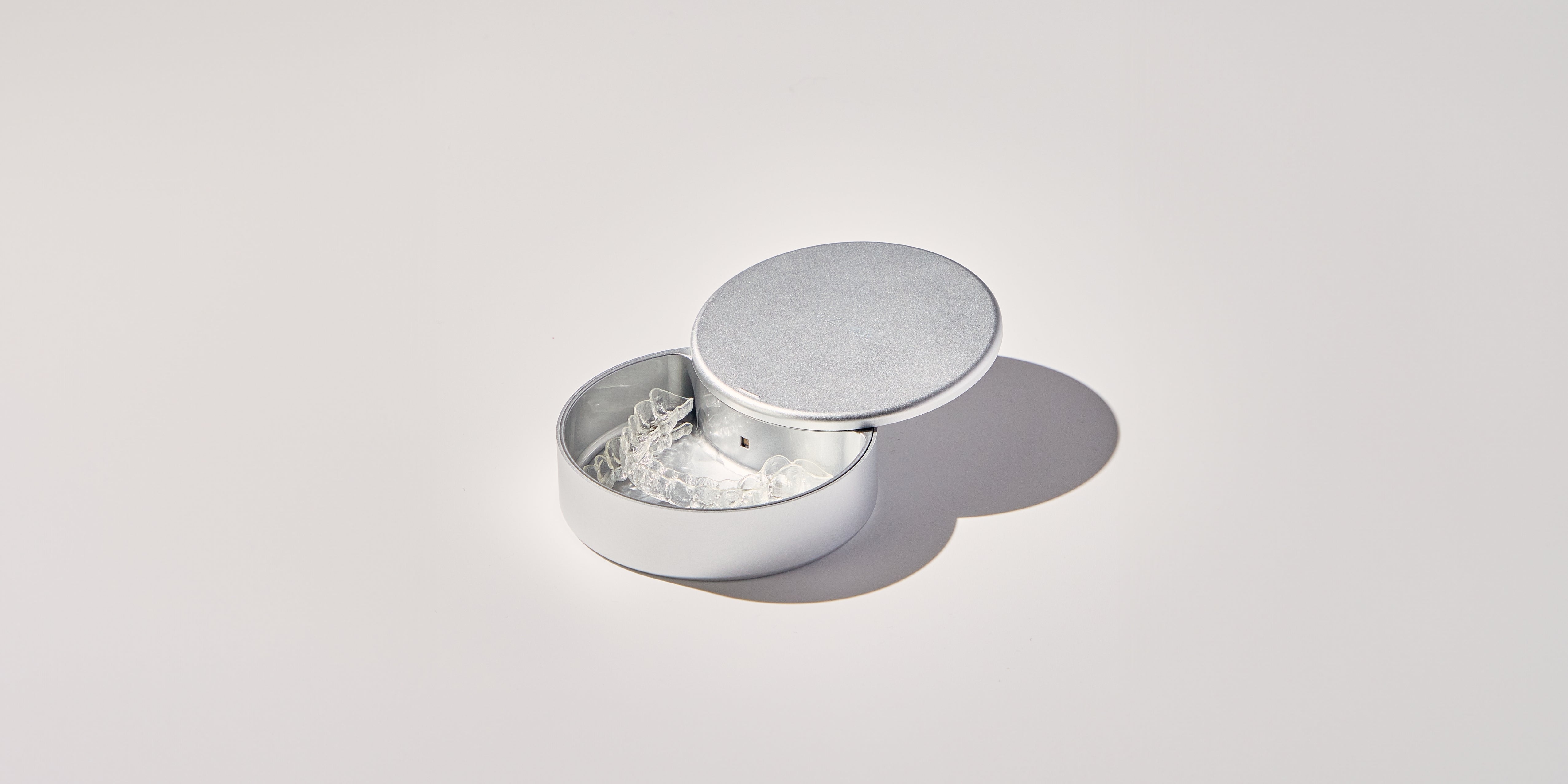
Common oral appliance misconceptions (2025)
From the efficacy of oral appliances to the best practices for oral hygiene, separating fact from fiction is essential for understanding how to best support your dental well-being. In this article, we'll delve into just some of the misconceptions surrounding oral appliances and oral health, and the history behind them. By debunking these myths, we aim to provide some interesting context and pave the way for healthier smiles and happier mouths.
Julius Caesar was one of the first people to wear an oral appliance
False!
Before the invention of modern braces, ancient civilizations used various materials to attempt teeth straightening. For instance, the ancient Egyptians used metal wires around 2,000 BCE to stabilize teeth and Romans used dental prosthetics made from materials like bone, ivory, and even human or animal teeth. These prosthetics were used to replace missing teeth and restore function. Whilst the materials and techniques used were rudimentary, they laid the foundation for oral health practices and the evolution of dental care over millennia. Today, oral appliances play a crucial role in orthodontics, prosthodontics, sleep medicine, and sports dentistry, helping people maintain oral health, treat various conditions, and improve quality of life.
Clear aligner plastic was inspired by NASA technology
True!
The technology behind modern clear aligners, like Invisalign, was actually inspired by NASA. NASA developed a transparent material for use in astronauts' helmets, which later became the basis for clear aligner trays. The materials used in oral appliances developed for astronauts must meet stringent criteria for safety, durability, and effectiveness in space conditions. As a result, NASA's research has contributed to the advancement of dental materials technology, including lightweight, high-strength polymers and biocompatible materials used in orthodontic appliances, dental prosthetics, and mouthguards.
People with poor oral hygiene sleep longer hours at night
False!
Research suggests that there is a link between oral health and your quality of sleep. Alarmingly, over 70% of adults suffer from some form of gum disease (periodontitis), a condition commonly caused by poor oral appliance cleanliness and associated with reduced sleep quality. Sleep disorders, notably oral breathing, can lead to oral health problems such as gum disease, which in turn affects sleep as it can obstruct the flow of oxygen. Additionally, bruxism, chronic tooth grinding or clenching, can cause pain and discomfort, leading to disrupted sleep.
It takes 3 weeks for bacteria to form on the surface of oral appliances
False!
Bacterial colonization on the surface of an oral appliance can occur quickly, typically within hours to days after its last cleaning. Factors such as oral hygiene practices, diet, saliva composition, and the type of appliance influence the rate of bacterial growth. Without proper cleaning and maintenance, bacterial buildup can lead to oral health issues such as bad breath, infections, and appliance deterioration. Therefore, regular cleaning with an ultrasonic machine and disinfection of oral appliances are crucial for preventing bacterial colonization and maintaining oral health.
Infections can spread through oral appliances
True!
Neglecting proper hygiene and maintenance of oral appliances can lead to serious health issues beyond just dental problems. Failing to clean and sterilize oral appliances regularly can result in the buildup of harmful bacteria, fungi, and other pathogens. This can lead to oral infections, bad breath, and even systemic health problems if these microorganisms enter the bloodstream. Sharing oral appliances or using them improperly can increase the risk of transmitting infections among individuals. Regular cleaning, disinfection, and proper storage of oral appliances are crucial for maintaining oral health and preventing the spread of infections.
Discover ultimate oral appliance cleaning with the Dental pod by Zima Dental
The Dental Pod is an innovative way to thoroughly clean oral appliances like retainers, aligners, dentures, mouth guards and sleep apnea nightguards. It utilizes advanced ultrasonic cleaning technology to effectively remove plaque, debris, and harmful build-up from the appliance while ensuring no damage to its shape or structure.
Get in touch with the Zima Dental team to find out more. Our customer care team will be happy to answer your questions and provide more details. Click here to get in touch.







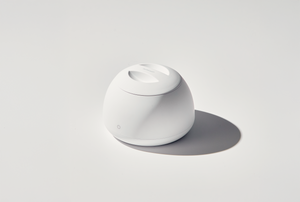
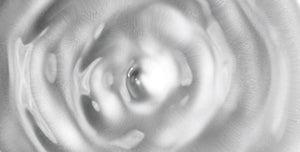
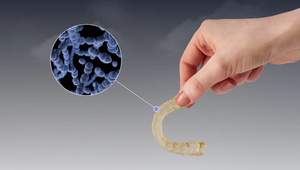
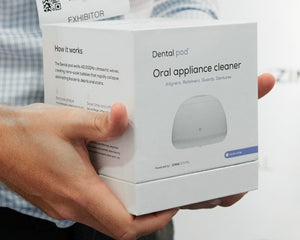




Leave a Comment